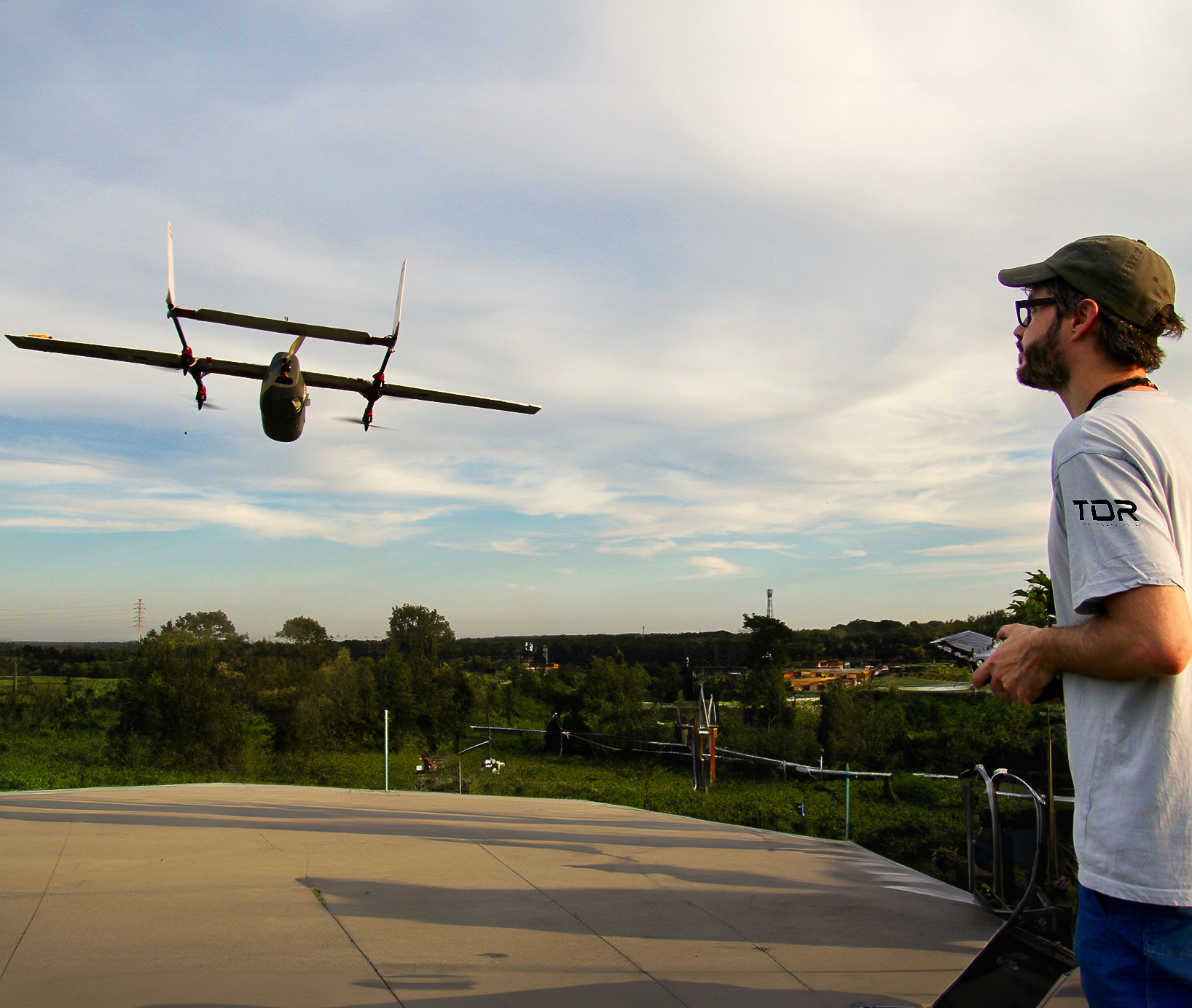UK Drone Regulations
Fostering safe and responsible skies.
In the UK there are 3 main Drone categories. Which one are you operating in?
| Drone Mass / Type | Sub-Category | Where You Can Fly | Separation Distance from People | Flyer ID | Operator ID | Training Required |
|---|---|---|---|---|---|---|
| <250g (with/without camera) | A1 | ✔️ Over people (not crowds) ✔️ In residential, recreational, commercial & industrial areas |
✔️ No intentional flight over assemblies of people ✔️ Otherwise can fly over people |
✔️ if camera ❌ if toy & no camera |
✔️ if camera or not a toy | ✔️ Read user manual & take the DMARES test if Flyer ID required |
| <250g (privately built) | A1 | Same as above | Same as above | ✔️ if camera ❌ if no camera |
✔️ unless toy & no camera | ✔️ Read user manual & take the DMARES test if Flyer ID required |
| 250g – <500g (non-class-marked) | A1 (Transitional) | ✔️ In residential, recreational, commercial & industrial areas ✔️ Near people but not over |
❌ No flight over uninvolved people ✔️ Minimum 30m on take-off and landing |
✔️ | ✔️ | ✔️ Read user manual & take the DMARES test if Flyer ID required |
| 500g – <2kg (non-class-marked) | A2 (Transitional) | ✔️ In residential, recreational, commercial & industrial areas ✔️ Near people but not over |
❌ No flight over uninvolved people ✔️ Minimum 30m on take-off and landing |
✔️ | ✔️ | ✔️ A2 CofC required under transitional rule until 1 Jan 2026. Read user manual & take the DMARES test |
| <25kg | A3 | ❌ Not in residential/commercial/industrial/recreational areas ✔️ Must fly in open areas far from uninvolved persons and built-up areas e.g. open countryside |
❌ 150m from residential/commercial/industrial/recreational areas ❌ 50m from uninvolved people (no closer) |
✔️ | ✔️ | ✔️ Read user manual |
| Feature / Criteria | PDRA01 (Pre-Defined Risk Assessment) | SORA (Specific Operations Risk Assessment) |
|---|---|---|
| Purpose | Standardised route for common urban VLOS operations | Custom route for unique, complex, or higher-risk operations |
| Underlying Risk Level | Comparable to SAIL I–II risk level | Explicitly assessed by operator — can range from SAIL I–VI |
| Approval Required | ✔️ Yes – CAA Operational Authorisation | ✔️ Yes – CAA Operational Authorisation |
| Training & Examination | UK GVC (General VLOS Certificate facilitated by an RAE) | UK GVC (General VLOS Certificate facilitated by an RAE) |
| BVLOS Allowed? | ❌ No – Only VLOS operations | ✔️ Yes – If justified and mitigated |
| Separation from People | 50m from uninvolved persons Reduced to 30m during take-off and landing |
Depends on risk assessment – may allow overflight or reduced distance |
| Operational Area | Urban, congested areas — under strict conditions | Can include remote, urban, and complex airspace |
| Documentation Needed | PDRA01-compliant Operations Manual (based on CAP722A) | Full SORA Package: CONOPS, Risk Classifications, SAIL, OSOs, Compliance Evidence |
| Mitigation Method | Defined and fixed within PDRA01 | Custom mitigation strategy using OSOs and harm barriers |
| Night Operations | ✔️ Yes, if covered in the manual | ✔️ Yes, if justified |
| Cross-Border Ops | ❌ Not supported currently | ❌ Not supported currently |
| Complexity Level | Low to medium | Low to very high |
| Flexibility / Customisation | ❌ No — fixed scenarios only | ✔️ Full flexibility (route, altitude, proximity, airspace use) |
| Cost (CAA Fee) | £500 (initial application + renewal) | £2,185 – £39,967 (CAA charges only) |
| When to Use | ✔️ VLOS in congested areas ✔️ Close to people with risk mitigations |
✔️ BVLOS ✔️ Higher-altitude or dense airspace ops |
Coming soon...
Services and Resources
Airspace Modernisation
The UK is upgrading its airspace to help drones and traditional aircraft safely share the same space, using digital systems and modern rules to make flying safer, more efficient, and better connected. Find out more here.

